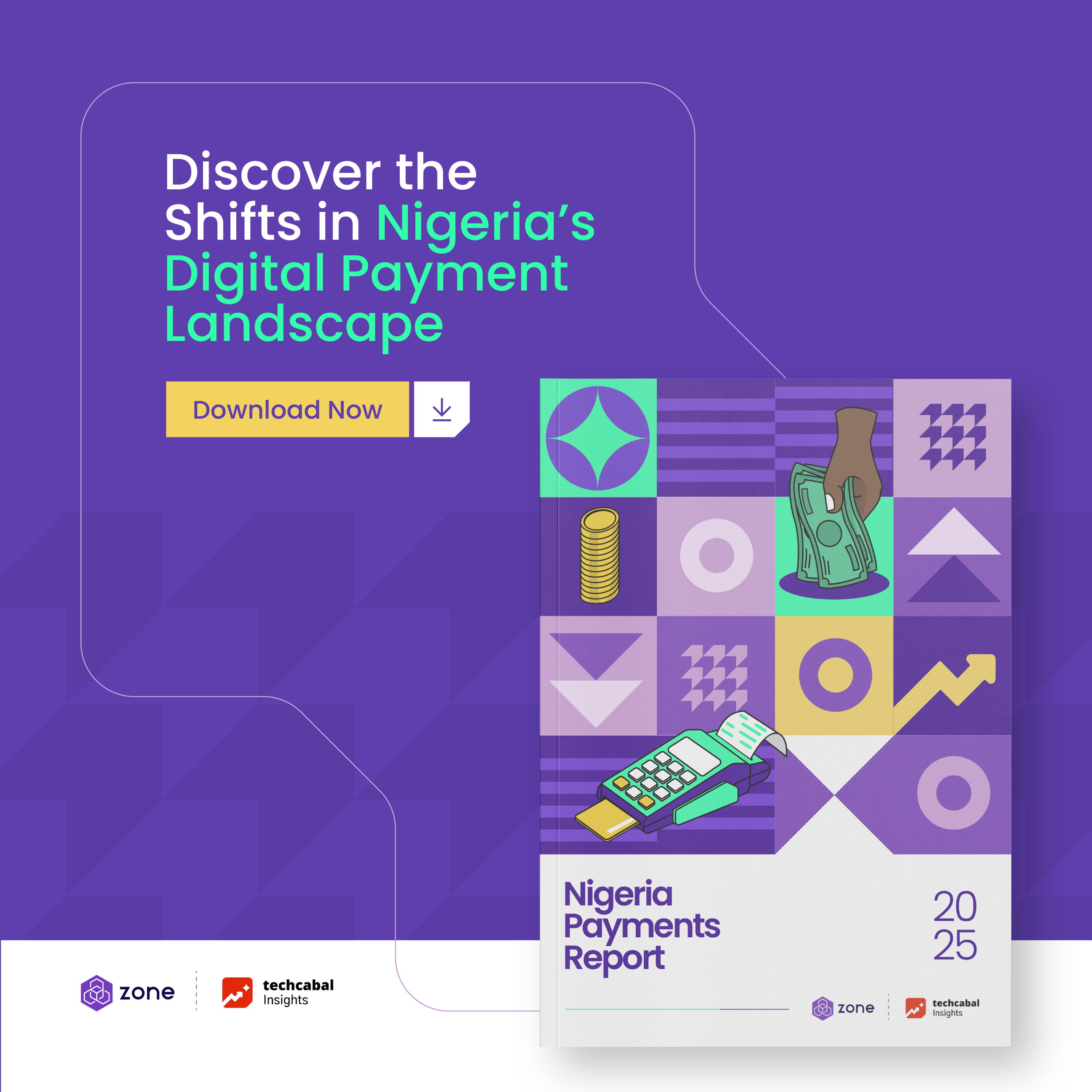It is all about pension funds.
Towards the end of last month, Ghana became the first African country to mandate that local pension funds invest at least 5% of their assets in domestic private equity and venture capital firms. With over $6.7 billion in pension deposits, this directive could unlock a $337 million funding pool for Ghanaian firms by the end of 2026.
Ghana is not the only African country with laws linking pension funds to private capital; countries like Nigeria, Botswana, and South Africa also have regulations that cap how much pension funds can allocate to alternative investments.
However, these caps have largely failed to incentivise actual investment. Many African pension portfolios remain heavily skewed toward government bonds and bank deposits, prioritising capital preservation and liquidity. Ghana faced a similar challenge; despite allowing up to 25% of pension assets to be invested in alternative funds, only 0.58% was allocated before the recent directive. Ghana has shifted the equation entirely by making something go from permissible to mandatory. The question is no longer whether pension funds can invest in innovation; what happens when they do?
What could go right?
The potential benefits of Ghana’s directive are massive. In 2023, South Africa’s government raised the cap on private equity from 10% to 15% of a retirement fund’s portfolio and created a separate 45% bucket for infrastructure investment. Within a year, local pension & endowment funds increased their commitments to local private capital from $216 million to $344 million [pdf], leading to a surge of investments in SA’s struggling energy sector.
Next Wave continues after this ad.
If Africa’s ten largest pension funds similarly mandated Ghana-style floors rather than caps, over $13 billion would flow into Africa’s venture capital industry within five years, tripling the continent’s 2024 VC haul.
When competent fund managers have enough money to invest in the best businesses, compelling evidence shows that it creates jobs, deepens capital markets, and generates returns. In America, the home of Silicon Valley’s tech giants, EY found that private equity supports more than 26 million U.S. jobs and 5% of America’s $27 trillion GDP.
In emerging markets, the effects have been even more pronounced. According to this study, which pooled data from emerging economies across 16 years, a 10% increase in pension-funded assets equals a 0.5% increase in GDP yearly. For African countries that have experienced slow GDP growth, that extra half-point compounds into a noticeably larger economy in just one decade.
Pension funds, which invest in local currency, could also slash FX-benchmarked exit expectations for businesses that earn in local currency. The past couple of years have seen some of the sharpest devaluations in Africa’s biggest markets, leading to several startups struggling to warrant further investment given underwhelming dollar performance.
Next Wave continues after this ad.
Local money also picks the best local ideas. African VC firms have turned to foreign DFIs for capital because, unlike their global counterparts, they have limited access to funding sources like pension and endowment funds. Without this alliance, Africa’s private capital markets will be much smaller. Still, it has also led to fund managers being incentivised to back business models that might not translate into viable business models on the continent but help serve the DFI’s mandate. Pension funds, which have a fiduciary responsibility to millions of pensioners, will ideally pick fund managers with a demonstrated pattern of finding the best businesses. Imagine if Moniepoint were funded by a pension fund.
Allocating even a small portion of long-term institutional capital to private markets can yield outsized benefits for innovation. It funds new ventures, accelerates the commercialisation of R&D, and enables startups to scale locally rather than being forced to seek capital abroad. In 1979, the U.S. clarified the “prudent man” rule, allowing pension plans to invest in risky assets like venture capital. In the eight years that followed, pension funds’ share of U.S. venture capital funding surged from around 15% to over 50%. This influx of capital played a pivotal role in igniting the Silicon Valley boom and a wave of transformative technological innovation.
African pension funds tend to mostly back government-issued bonds or fund bank deposits, and while these investments are low-risk, they are also low-reward. Private capital can be a way to diversify the pension fund’s portfolio, and the potential outsized returns are a good return stream. In the U.S., private equity achieved the highest 10-year returns of any asset class for 165 U.S. pension funds. Even though private capital is riskier in isolation, in a multi-asset portfolio, a small allocation can reduce overall volatility by spreading investments across different asset classes.
The added benefit that pension funds investing in the local private capital market presents by making fundraising easier for fund managers abroad alone is worth consideration. One investor told me that general partners often get asked why local capital is not backing the continent’s venture capital industry when they raise money abroad. Pension fund investing would signal confidence and attract even more foreign capital. But a bold bet is still a bet. And while the upside is enticing, the potential pitfalls of steering long-term savings into illiquid markets must be carefully considered.
Next Wave continues after this ad.
What could go wrong?
Pension and insurance funds must always ensure they can meet near-term obligations, such as retiree payouts or policy claims. A well-known challenge in Africa’s private capital industry is the lack of liquidity. Exits are far less frequent than in more developed markets, and private capital funds typically lock up capital for 7–10 years. While this long horizon aligns with the nature of pension fund liabilities, it could lead to liquidity risks if investments are not appropriately sized and made slowly.
Several studies of African pension markets highlight this issue: in many smaller economies, even listed equities are relatively illiquid, so allocating to unlisted, private equity further reduces flexibility. Underperformance of funds can also drain the pension funds, but a cap on exposure and the rise of secondaries, albeit with haircuts, can solve this problem.
Another critical systemic consideration is how private assets are valued and behave across market cycles. Unlike public equities, private capital investments are not marked to market daily, resulting in artificially low reported volatility. While this may appeal to institutional portfolios on paper, it can be a double-edged sword.
Infrequent or subjective valuations can mask the actual economic fluctuations of an asset. A CFA Institute analysis found that secondary market prices for some private fund stakes were significantly below their stated net asset values (NAVs), suggesting that some assets may have been overvalued by 10–15%.
Another double-edged sword is the cyclical nature of private capital. If many pension funds increase their allocations simultaneously, it could lead to asset bubbles or market overheating during boom cycles, driving up valuations beyond fundamentals. Conversely, during downturns, the same overexposure could result in severe illiquidity, making it difficult for funds to exit or rebalance without taking losses.
Political capture could also be another challenge, but making the directive a law and ensuring that state-backed agencies only oversee and not actively invest with the capital can reduce the effects of politics on this directive. Full transparency for every receiving fund’s commitment and yearly updates can also incentivise the public to monitor their pension investments.
Next Wave continues after this ad.
What should be done?
Ghana just showed how to turn pension savings into local investment. If executed properly, a 5% pension fund mandate is arguably Africa’s cheapest economic stimulus because there’s no new debt or fiscal handouts.
The upside is compelling: growth, innovation, and economic sovereignty. The downside: liquidity risk and valuation opacity are real but manageable with transparency, skilled oversight, and slow pacing.
African governments should copy Ghana by legislating a minimum floor instead of caps on how much pension funds can invest. These laws should also require funds to invest in businesses that earn primarily local currency revenue, reducing FX mismatch.
Ghana has lit a fuse. It’s a clear statement that the future of our continent can be built by African capital, as long as we are willing to back each other. The capital is already there, dormant in safe bets. But if we can do it right, pension funds can supercharge Africa’s growth.
Muktar Oladunmade
Associate Reporter, TechCabal.
Feel free to email muktar[at]bigcabal.com, with your thoughts about this edition of NextWave. Or just click reply to share your thoughts and feedback.
We’d love to hear from you
Psst! Down here!
Thanks for reading today’s Next Wave. Please share. Or subscribe if someone shared it to you here for free to get fresh perspectives on the progress of digital innovation in Africa every Sunday.
As always feel free to email a reply or response to this essay. I enjoy reading those emails a lot.
TC Daily newsletter is out daily (Mon – Fri) brief of all the technology and business stories you need to know. Get it in your inbox each weekday at 7 AM (WAT).
Follow TechCabal on Twitter, Instagram, Facebook, and LinkedIn to stay engaged in our real-time conversations on tech and innovation in Africa.
Crédito: Link de origem





